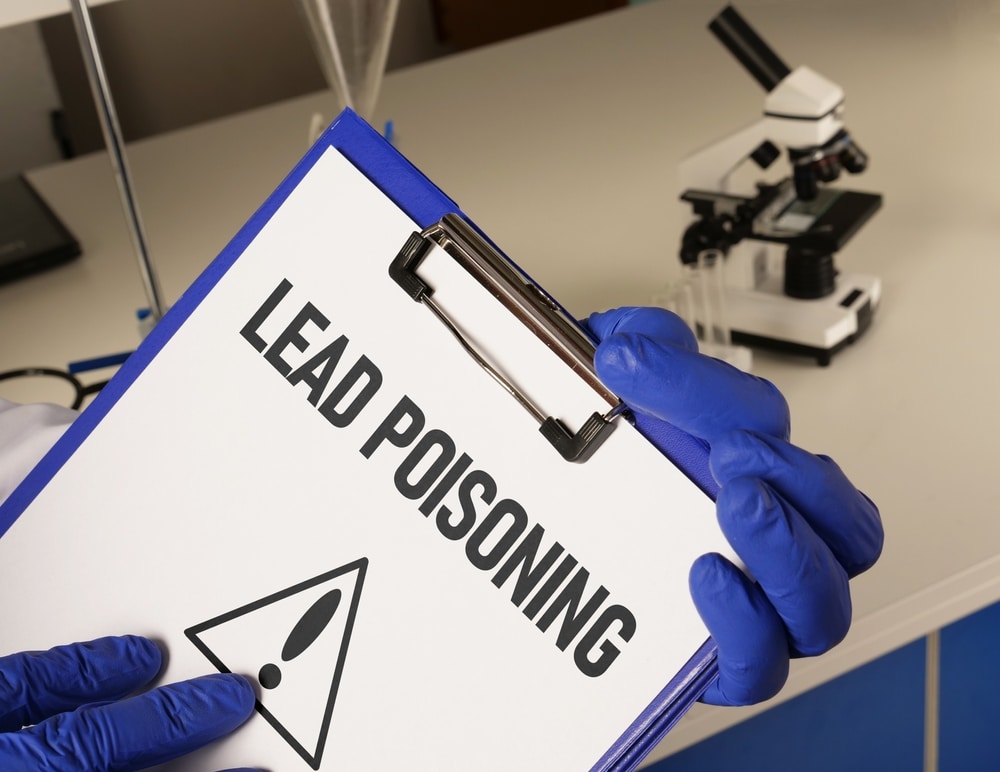If you have been keeping up with the discussions surrounding the presence of heavy metals in baby food, you’re likely aware that parents have been urging for stricter regulations for quite some time. Now, there is finally some progress: The U.S. Food and Drug Administration (FDA) has announced its final guidance on action levels for lead in processed foods designed for babies and young children.
This recent announcement is part of the FDA’s Closer to Zero initiative, which seeks to mitigate lead exposure among young children. Although lead is naturally occurring in soil and water, making certain levels of exposure unavoidable, even minimal exposure can be harmful to developing brains.
Nevertheless, some advocacy groups contend that these newly established limits are insufficient to make a meaningful difference. One significant issue is that the new action levels are not legally enforceable, meaning companies are urged but not obligated to comply.
What are the new lead limits for baby food?
The FDA’s newly established action levels impose the following limits on lead concentration in processed foods meant for babies and young children:
- 10 parts per billion (ppb) for fruits, vegetables (with the exception of single-ingredient root vegetables), mixtures (including those based on grains and meats), yogurts, custards/puddings, and single-ingredient meats.
- 20 ppb for single-ingredient root vegetables (such as carrots and sweet potatoes).
- 20 ppb for dry infant cereals.
These limits reflect what the FDA believes is achievable for manufacturers while simultaneously minimizing lead exposure. However, since compliance is voluntary, there is no enforceability.
What does this mean for parents?
Firstly, there’s no cause for alarm or reason to dispose of your baby’s food. The FDA has not advised parents to eliminate specific foods; rather, it has set a benchmark for manufacturers to follow.
The best approach is to provide your child with a wide range of foods. A diverse diet can help reduce exposure to any single contaminant while delivering vital nutrients. Additionally, the FDA stresses the importance of nutrient-dense foods, as sufficient intake of iron, calcium, and vitamin C can lessen the body’s ability to absorb lead.
Some experts, however, are skeptical that the new limits will significantly decrease lead exposure, noting that most baby foods already adhere to these values. “Nearly all baby foods on the market already comply with these limits, making the new standards largely ineffective,” stated Jane Houlihan, national director of science and health at Healthy Babies Bright Futures, a coalition aiming to reduce infants’ exposure to neurotoxic substances.
In reality, experts estimate that these new limits will only cut children’s total dietary lead exposure by less than 4%—a small gain.
What about baby snacks and formula?
A significant gap in the FDA’s new guidance is that it does not encompass infant formula, snack foods such as puffs, or drinks. The FDA has previously set action levels for lead in juice, but it is still in the process of gathering data on grain-based snacks (like teething biscuits and puffs) to ascertain if distinct limits are necessary.
Advocacy groups have called for tighter regulations across all baby and toddler foods, as lead and other heavy metals are frequently found in snack products. Experts also highlight that infant formula, ingredients for homemade baby food, and foods outside the standard baby food category account for a substantial portion of children’s lead exposure—yet remain unregulated.
The bigger picture: Is baby food getting safer?
While the FDA’s guidelines introduce voluntary limits, some states are taking proactive measures. California has enacted a new law requiring baby food manufacturers to publicly share test results for heavy metals including lead, arsenic, cadmium, and mercury. Beginning January 1, 2025, parents will be able to scan a QR code on baby food packages to view test results, providing unprecedented transparency.
Experts foresee this could change the game. “With all this information being made public, we’re going to initiate discussions regarding what we’re feeding America’s children,” expressed Jaclyn Bowen, executive director of the Clean Label Project. Major brands like Gerber and Beech-Nut are already implementing QR codes nationwide, even though the law is limited to California.
Some advocacy groups argue that such transparency might do more to reduce toxic metal levels in baby food than the FDA regulations alone. Scott Faber of the Environmental Working Group emphasized that “marketplace changes may drive down toxic metal levels more effectively than anything the FDA might ultimately implement.”
With parents equipped with accurate data, companies are likely to feel increased pressure to refine their ingredients. The aim is that this development will catalyze national change and spur other states—or even the federal government—to follow in California’s footsteps.
Simultaneously, the Closer to Zero initiative, which was introduced in 2021, seeks to progressively diminish lead and other heavy metals in baby and toddler foods over time. The FDA asserts that it will continue reviewing whether these action levels need adjustment as new research is revealed. Critics, however, argue that federal regulations progress too slowly and lack enforcement mechanisms.
“The harm is permanent, and the delay has placed countless children at unnecessary risk,” remarked Faber.
The FDA has made incremental changes to address the regulation of heavy metals in baby food, but many experts assert these efforts are inadequate. In 2020, it reduced arsenic levels in infant rice cereal, but critics described the move as insufficient. In 2022, the FDA proposed lower lead thresholds in juice, though that guidance has never been formalized.
While the new California law promotes increased transparency, it does not resolve the more significant challenge: the absence of enforceable national standards. Until this issue is addressed, parents will need to continue relying on the information supplied by manufacturers and advocate for more robust regulations.
Why Does Lead Exposure Matter? The Effects on Children
Lead exposure poses significant health concerns, though the associated risk differs based on the intensity and duration of exposure. Experts advise that parents should be informed rather than fearful. Most children exposed to minor lead levels are unlikely to face immediate health issues; however, prolonged exposure presents a greater risk.
The World Health Organization labels lead as one of the top 10 priority chemicals of global concern, with various studies illustrating its effects:
- A recent 2023 study published in The Lancet revealed that children under five worldwide lost an estimated 765 million IQ points in 2019 due to lead exposure.
- The Environmental Protection Agency (EPA) asserts there is no safe level of lead exposure, linking childhood exposure to learning disabilities, neurological damage, and behavioral problems.
Though these statistics are alarming, experts stress that parents can take meaningful actions to reduce their child’s risk, including promoting a varied diet, ensuring proper nutrition, and being vigilant about potential exposure sources. Updated guidelines from the FDA represent progress; however, persistent efforts from both regulators and parents are essential to ensure the safety of baby food.
What Actions Can Parents Take?
While governmental regulations are essential for maintaining the safety of baby food, parents can implement several strategies to mitigate exposure to heavy metals:
Despite the FDA’s recent measures being a step forward, experts concur that additional actions are necessary to effectively safeguard infants from lead exposure. Currently, staying informed, advocating for stronger regulations, and providing a well-rounded and diverse diet for their children are the best approaches parents can take. In protecting infants, achieving levels as close to zero as possible is not merely a target—it’s a vital necessity.
Image Source: Jack_the_sparow / Shutterstock



































